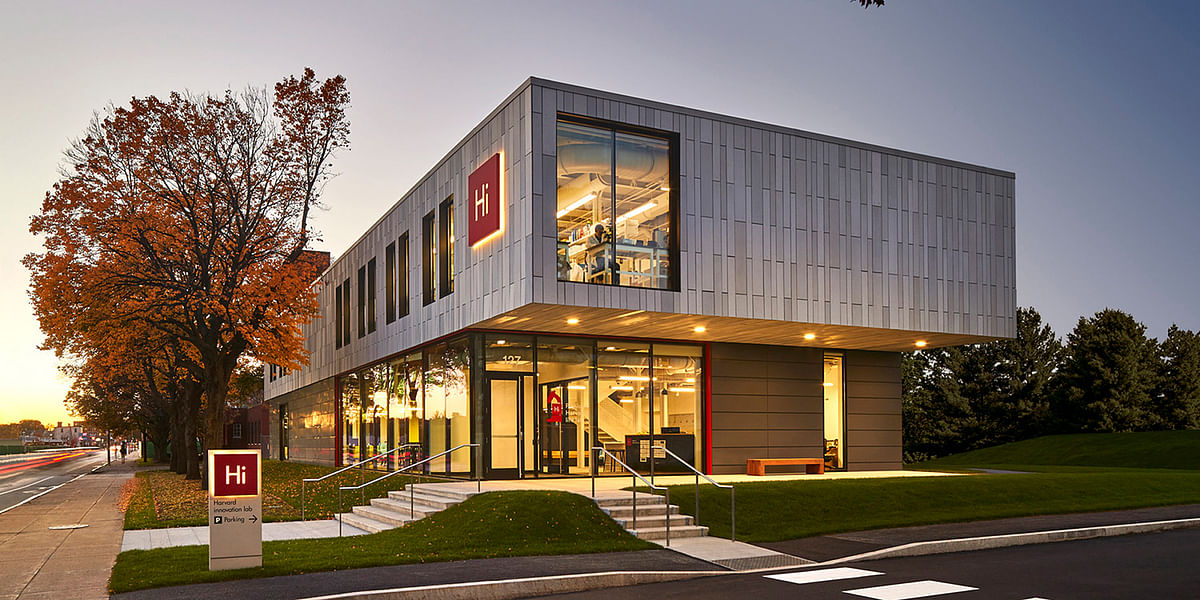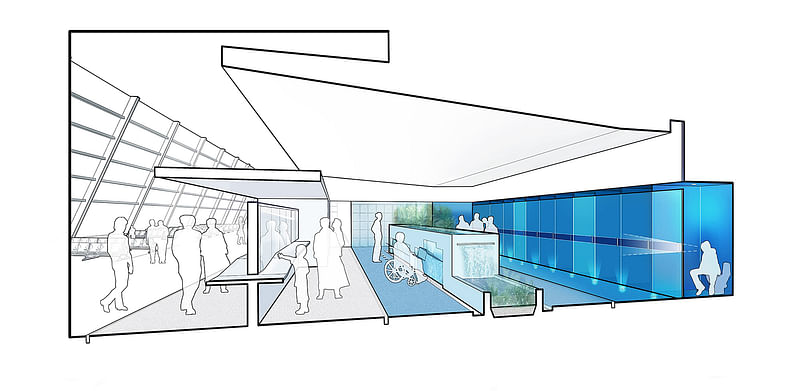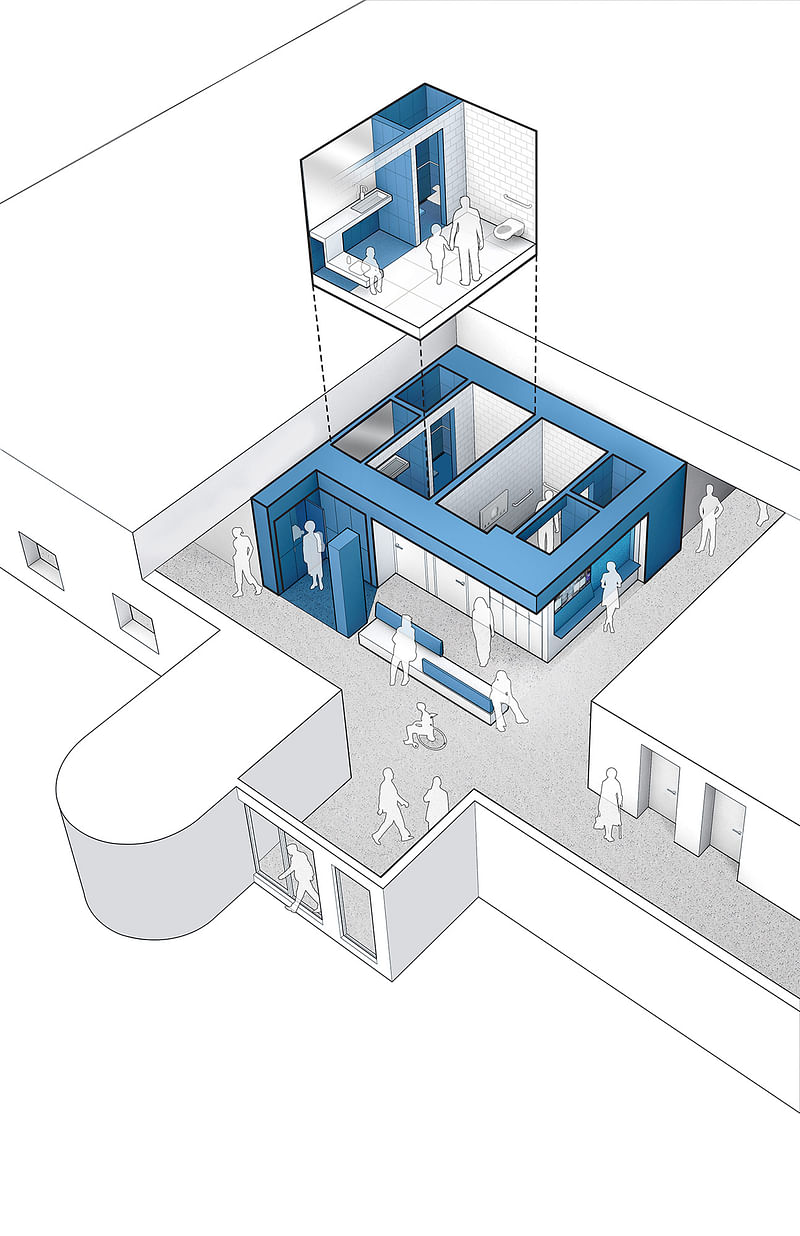Shepley Bulfinch and Joel Sanders win in 2018 AIA Innovation Awards
By Justine Testado|
Tuesday, Oct 23, 2018

Related
Run by the AIA's Technology in Architectural Practice (TAP) Knowledge Community, the Innovation Awards program highlights exemplary use and implementation of innovative technologies and forward-thinking practices among architects, designers, collaborators, and clients. Winning projects are required “to support the design, delivery, and operation of buildings or research in practice and academia”.
The 2018 competition concluded with the jury selecting two winning projects. Read more about them below.
Category B - Project Delivery & Construction Administration Excellence: “Pagliuca Harvard Life Lab“
Architect: Shepley Bulfinch
Location: Allston, Massachusetts



Project excerpt: “The Pagliuca Harvard Life Lab provides much-needed space for life science ventures that have a connection to the Harvard University community. The building’s second floor houses the laboratory space, with 36 lab benches, shared tissue culture core labs, centralized fume hoods, a cold storage room, and a private 1,000 square foot suite. Glass walls provide a visual connection to the space below and promote collaboration and movement. [...] The Life Lab was designed using modular prefabricated components. The building, consisting of 34 modules, was static built in-place inside the modular contractor NRB USA Inc.’s Pennsylvania facility and then disassembled, shipped by truck to Massachusetts, and reassembled onsite. [...] The use of modular construction reduced the construction duration from a typical 12 months for traditional construction to only seven months.”
Jury comment: “The application of modular construction to a small lab was innovative and intriguing, and we are excited to see future work in this area. Overall there is a certain complexity in coordinating a lab building, and it’s impressive that everything fit together without any substantial in-field adjustment. Across building types there is a need for buildings of this size to go up cheaply and quickly. If it works in this case, it could work in other building types that require complex MEP systems. Unfortunately, the submission did not explore other project delivery applications.”
Category D - Practice-based or Academic Research, Curriculum or Applied Technology Development: “Stalled!”
Architect: Joel Sanders
Associates: Susan Stryker, Terry Kogan



Project excerpt: “Stalled! takes as its point of departure national debates surrounding transgender access to public restrooms to address the design consequences of an urgent social justice issue: the need to create safe, sustainable and inclusive public restrooms for everyone, irrespective of age, gender, religion and disability. Using an innovate methodology that assembles a cross-disciplinary research team of architects, transgender historians, and legal scholars, Stalled! explores the question of all gender restrooms from a cultural, political and legal perspective. Our mission is to create viable economical restroom guidelines and prototypes for retrofit and new construction projects that can be adopted and deployed across the United States. Stalled! distinguishes itself from the considerable body of work generated by scholars, lawyers, activists and the media that does not cover this issue from an architectural perspective. In contrast, we regard public restrooms as a social justice issue that can be solved with innovative architectural solutions...”
Jury comments: “This is an important piece of research, and a pragmatic application of design thinking to architectural work. What was most impressive was their focus on complex cultural issues and how architecture can solve them. Making our society more equitable is a new purview of architecture, and any research that hopes to be innovative should look outside the traditional domains of architectural knowledge. The team’s approach was comprehensive, and the clear documentation will allow other firms to learn from their research. It is noble that this was executed by a small group of people. A great example of the kind of work that small firms can be doing.”
Jury:
Stephen Van Dyck, AIA (Chair), LMN Architects, Seattle
Andrew Cocke, ZGF Architects, Washington, DC
Jeffrey McGrew, Because We Can, Oakland, California
Robert Otani, Thornton Tomassetti, New York City
Kat Park, Assoc. AIA, SOM, San Francisco
Alexandra Pollock, AIA, FX Collaborative, New York City

RELATED NEWS Hariri Pontarini, Adrian Smith + Gordon Gill among winners of 2017 AIA TAP Innovation Award


Share
0 Comments
Comment as :